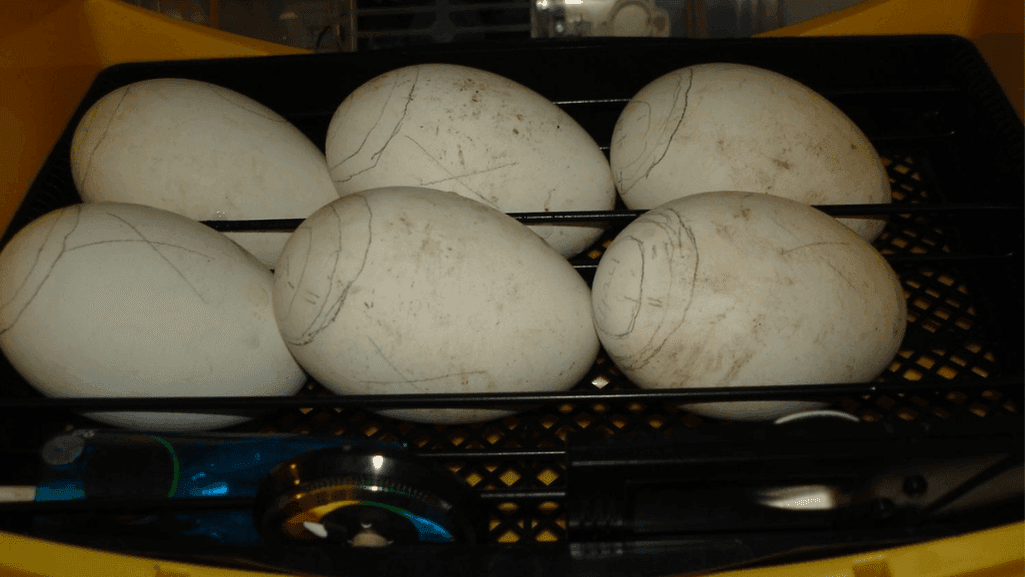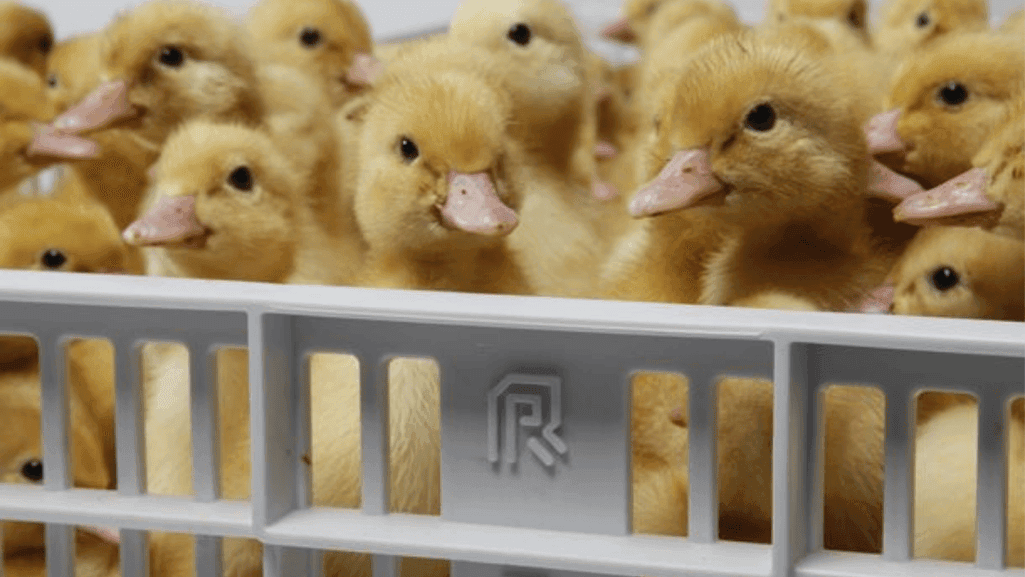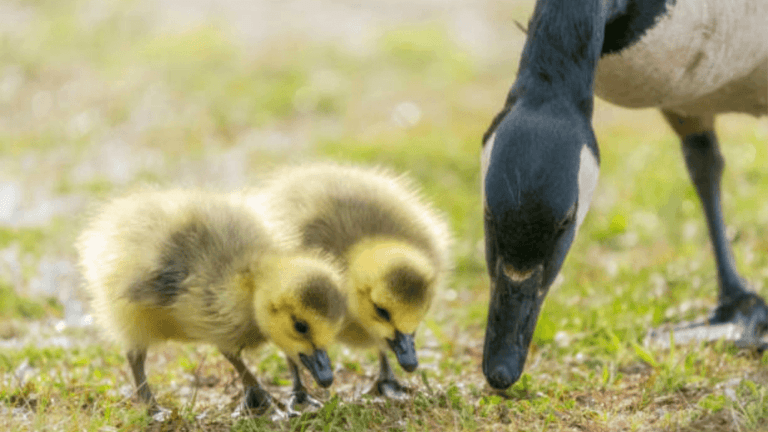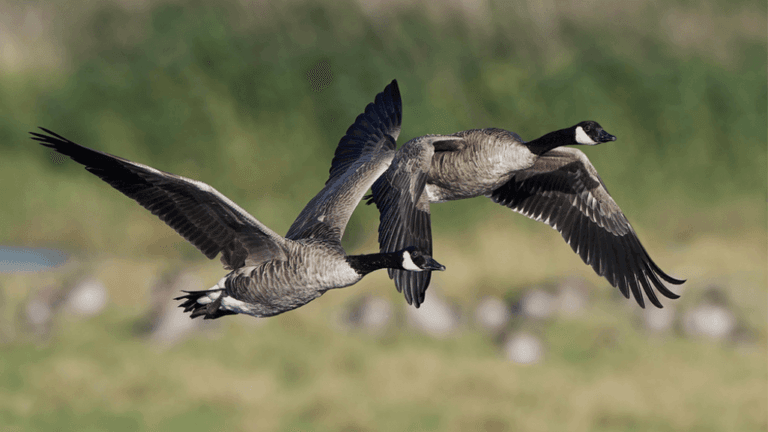Starting the journey of hatching goose eggs is exciting and challenging. With the right knowledge and effort, you can have a successful incubation and see gosling development. Goose eggs need careful attention, focusing on temperature, humidity, and incubation time.
These details are key, often needing a range of 29 to 31 days for the best conditions. For those interested in poultry, experienced poultry keepers offer valuable advice. They provide resources to help you have a successful hatching experience.
Key Takeaways
- Laying periods vary by region and breed, impacting the incubation strategy for hatching success.
- Mature geese yield a markedly higher fertility and hatchability rate compared to younger layers.
- Egg viability decreases after two weeks, necessitating timely and proper storage conditions.
- Temperature precision in both forced-air and stil-air incubators is critical throughout the 28 to 35-day incubation process.
- Daily management of eggs, including turning and moisture control, plays a significant role in developing healthy goslings.
- Following best practices, a 75% hatch rate is achievable, highlighting the efficacy of methods recommended by professionals.
- Interventions and care tailored to goose eggs can differ significantly from other poultry, such as chickens.
Learning about the similar needs of mallard ducks can also help. It shows how important it is to understand the needs of different birds. Success in hatching these magnificent birds starts with knowing exactly what to do. It ends with the joy of watching them emerge into the world.
Understanding Goose Egg Incubation Basics
Starting to hatch geese eggs at home is a unique journey. It’s different from incubating other poultry eggs. This part gives you key insights into goose eggs’ life cycle and needs. It can help you succeed more.
What Makes Goose Eggs Unique
Goose eggs need special care for incubation. They are bigger, have thicker shells, and take longer to hatch. They need about 29-31 days to hatch.
Getting more than 60% of eggs to hatch is good. More than 80% is even better.
Importance of Temperature and Humidity
Perfecting goose egg incubation means keeping temperature and humidity just right. The temperature should be around 99.25°F. It must stay steady, as goose eggs are very sensitive.
Humidity levels are also key. They should be between 55-62% early on. Then, they need to rise to at least 70% when the gosling starts to pip.
These eggs need to be turned regularly. About 3-5 times a day from day 3 to 25. This stops the embryo from sticking to the shell and helps more eggs hatch. For those trying to hatch geese eggs at home, knowing these details is very important.
So, whether it’s a hobby or for sustainable living, raising goose eggs is a detailed but rewarding task. It needs knowledge and patience.
Preparing for Egg Incubation
Starting the goose egg hatching process needs careful planning. This is key to increase the chances of success. It’s important to follow the best practices for hatching goose eggs. Each step is vital in the journey to raising goslings from hatched eggs.
Selecting Quality Goose Eggs
Choosing the right eggs is the first important step. It’s vital to pick eggs from mature and healthy breeders. This ensures a high fertility rate.
The eggs should be well-formed and free from cracks or deformations. They should also be the right size. Collecting eggs regularly and storing them in the right conditions helps keep them viable.
Required Equipment for Hatching
The type of incubator you choose is very important. For goose eggs, a forced-air model is best. It should have consistent temperature control at about 100°F.
Good room ventilation is also key. It helps keep the temperature and humidity even. Turning the eggs at least five times a day is also important. This prevents the embryo from sticking to the shell.
In conclusion, thorough preparation is essential for starting the hatching journey. By planning well and using the right equipment, you can manage the goose egg hatching process effectively. This sets the stage for the healthy growth of new goslings from hatched eggs.
Step-by-Step Hatching Process
Starting the journey of hatching goose eggs successfully needs careful attention and a strong commitment. Here’s a step-by-step guide to help you create the perfect conditions for your eggs. Follow these tips for hatching goose eggs efficiently.
Make sure to check out the right conditions for your eggs. This will help you hatch them well.
Setting Up the Incubator
Before putting eggs in the incubator, make sure it’s working right. The ideal temperature for goose egg incubation is 37 – 37.6 °C. Stabilize the incubator at these temperatures a day before adding eggs. This mimics the warmth a mother goose gives.
Monitoring Humidity and Temperature
Keeping the humidity right is key during incubation, which lasts 29-31 days. Keep humidity between 55% and 62%. Near hatching, it should be 70%-75% to help the chicks come out easily. Use a digital hygrometer to keep these levels accurate.
Turning the Eggs and Egg Positioning
- Start turning eggs manually 3-5 times a day from Day 2 to Day 25. This stops the embryo from sticking to the shell and ensures even temperature.
- Mark each egg with a non-toxic marker on one side to keep track of the turning.
- Place eggs with their air cells up, handling them gently to avoid any shocks that might harm the embryo.
By sticking to this routine and using the tips for hatching goose eggs outlined, you can increase your hatch rates. You’ll get to see the exciting moment of welcoming new goslings.
Common Challenges and Solutions
Starting the goose egg hatching process is tough. Knowing the challenges is key to success. It’s important to understand the big picture before tackling specific problems like finding infertile eggs and managing temperature changes. This knowledge helps with hatching goose eggs effectively.
Identifying Infertile Eggs
One big challenge is telling good eggs from bad ones. This step is vital to make room in the incubator for eggs that can hatch. Candling, shining a light through the egg around day 6, helps. Fertile eggs show spiderweb veins, while bad eggs just have a loose yolk.
Dealing with Temperature Fluctuations
Keeping the temperature steady is another big deal. For hatching goose eggs, the ideal temperature is about 37.7 °C. The humidity should be between 55% and 60%. But, where you live and how high you are can change these numbers.
It’s smart to check and adjust these settings often. This helps avoid problems from temperature and humidity changes. Adding things like water bottles or bad eggs in the incubator helps keep the heat even.
Watching these conditions closely boosts your chances of hatching goose eggs. It also helps in raising goslings from hatched eggs well. Regular checks and tweaks make sure each gosling grows up healthy.
In short, while it takes work and attention, knowing and handling these common problems is essential. These steps not only keep the goslings healthy but also bring joy and fulfillment as you watch them grow and thrive under your care.
Post-Hatching Care for Goslings
After waiting 28 to 35 days, goslings arrive, and their care is critical. Geese can breed for over ten years. So, it’s not just about hatching eggs. It’s about raising goslings well for their whole lives.
Providing Proper Nutrition
Goslings need a diet rich in protein for quick growth. A starter diet for waterfowl is best for them. It helps them grow strong and healthy.
Feeding them regularly and keeping water fresh is important. This helps them avoid dehydration and digestion problems. A good diet also helps them become friendly and well-socialized geese.
Ensuring Safe Habitat Conditions
Goslings need a safe place to grow. They must be protected from predators and harsh weather. A warm, safe area lets them rest and grow without fear.
Imitating older geese helps goslings adjust to their new home. Experts in poultry keeping say watching them and keeping their area clean and big is key. This helps them grow into healthy adult geese.











